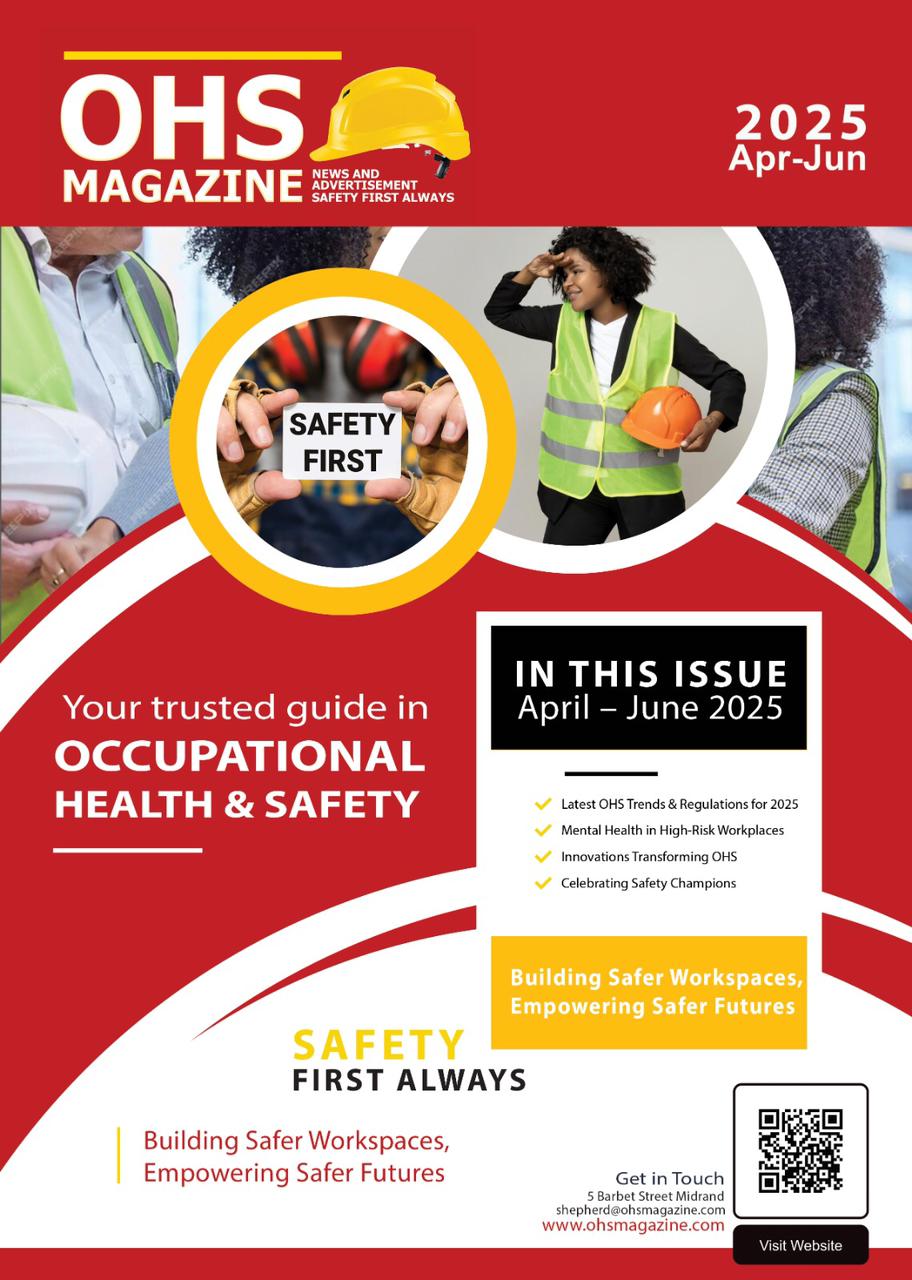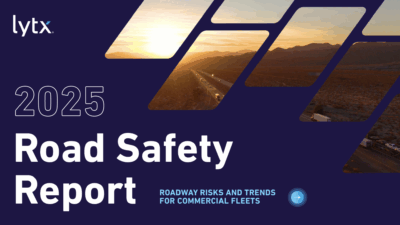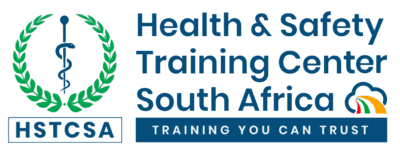Norwegian Dam Hack Raises Alarms Over Critical Infrastructure Security. This April, unidentified hackers successfully accessed control systems of the dam at Lake Risevatnet near Svelgen, southwest Norway, opening the water valve to full capacity for approximately four hours before the intrusion was detected wsbtv.comthelocal.no+4news.risky.biz+4databreaches.net+4. Although the water flow exceeded minimum operational levels by 497 L/s, officials confirmed that the riverbed could handle up to 20,000 L/s, meaning there was no imminent danger news.risky.biz.
Norway’s National Security Authority (NSM) and the energy regulator, NVE, were alerted on June 10 and have lodged an official complaint with Norway’s national police unit, Kripos energiteknikk.net. Early assessments suggest the hack exploited a weak password on a web-accessible control panel—an all-too-common vulnerability in industrial control systems news.risky.biz. It remains unclear whether the valve’s activation was malicious or a random act of control by the intruders news.risky.biz.
Industry experts warn that this incident underscores growing threats to vital infrastructure around the globe. Critical systems like dams are increasingly at risk from both state and non-state actors, demanding stronger cybersecurity measures and stricter access controls news.risky.biz.
📞 AT&T Reaches $177 Million Class‑Action Settlement Over Data Breaches
A U.S. federal judge in Dallas has granted preliminary approval for a $177 million class-action settlement in response to two data breaches at AT&T that exposed sensitive customer data archyde.com+10reuters.com+10finance.yahoo.com+10.
📅 Timeline & Breaches
- March 2024: Leak of a dataset on the dark web containing personal information—such as names, phone numbers, DOBs, and Social Security numbers—from approximately 7.6 million current and 65 million former customers. This data reportedly dates back to 2019 cfodive.com+8reuters.com+8mysanantonio.com+8.
- May–July 2024: Unauthorized access to about 109 million customer records through a vulnerable Snowflake cloud workspace, exposing six months of call and text logs from 2022 usaherald.com+8reuters.com+8newsmax.com+8.
In September 2023, AT&T also resolved an FCC investigation into a separate breach involving data from 2015–2017, paying $13 million legalreader.com+3finance.yahoo.com+3reuters.com+3.
💵 Settlement Breakdown
- $149 million covers the 2024 breach.
- $28 million addresses the 2019-related leak mysanantonio.comwsbtv.com+1the-sun.com+1.
Customers who demonstrate verifiable losses may receive up to $5,000 (for the SSN/data breach) or $2,500 (for metadata exposure). Additional funds will be distributed among other impacted individuals based on tiered criteria archyde.com+3reuters.com+3aboutlawsuits.com+3.
🔜 Next Steps
- Notices to affected customers begin around August; claims must be submitted by October 17, 2025, and the final approval hearing is scheduled for December 2025 legalreader.com+9wsbtv.com+9mysanantonio.com+9.
- AT&T expects disbursement of payments to start early 2026 if all goes according to plan mysanantonio.com+3finance.yahoo.com+3archyde.com+3.
- The company denies legal responsibility, stating the agreement was reached to avoid protracted litigation finance.yahoo.com+2wsbtv.com+2mysanantonio.com+2.
💡 Why This Matters
These breaches spotlight the escalating costs and reputational damage companies face when safeguarding customer data. With tens of millions of individuals affected, AT&T’s settlement sends a clear message: data security lapses can result in staggering financial and legal consequences aboutlawsuits.com+4cfodive.com+4legalreader.com+4.
🔁 In Summary
AT&T’s record $177 million settlement underscores the heavy cost of inadequate data protection.
Norway’s dam hack—though not causing immediate harm—is a wake-up call on securing industrial infrastructure.

















